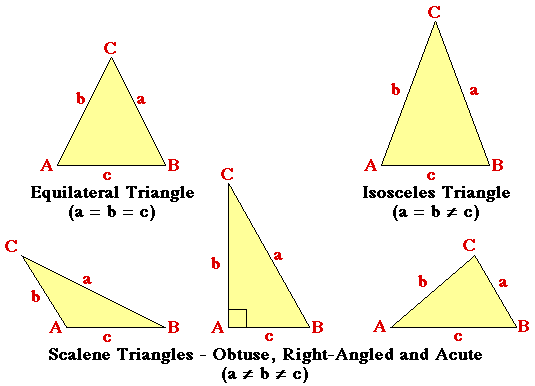
Figure 1 Differentcd types of named triangle
|
Aims and Objectives: Provide an opportunity for students to apply their knowledge of the "if-else" construct taught in week 6.
Produce a Java program which, given three sides of a triangle, determines whether the triangle is:

Figure 1 Differentcd types of named triangle
Assume that any individual side must be a positive number not greater than 100.0.
Note: You might find it useful to look at the notes on choice points and the Java "if-else" statement presented in week 6.
You should prepare a report comprising the following sections:
All supporting documentation (i.e. excluding your Java source source files) should be prepared as a single Microsoft Word file. Once completed you should "up load" your Java source files (extension .java) and your word document to the CS department's electronic "practical assignment submission" system.
Remember the guidance notes for COMP101 practicals.
90% of the marks will be distributed evenly between: Analysis and Design; Implementation; and Testing. The remaining 10% will be awarded for "overall presentation".
Created and maintained by Frans Coenen. Last updated 30 October 2006